An important step in keeping dry in your Six Moon Designs shelter is to ensure your seams are adequately sealed. Choosing the best sealer for the job and the best method of application depends upon the fabric used to construct the shelters canopy.
-
At Six Moon Designs, our shelters canopies are made using one of three different fabrics. Each fabric has different characteristics and different requirements for seam sealing.
Determining which seam sealer or even if the shelter needs to be seam sealed depends upon the type of fabric the shelter is constructed from. Our shelters are constructed from one of four different materials, Silicone Nylon, Silicone Polyester. Polyurethene coated Polyester or Dyneema Composite Fabric (DCF). Each fabric has its own requirements.
-
We use Silicone Nylon or its common name "Silnylon" in the majority of shelters we build. Over the last decade its proven its worth in ultralight shelters. Because its fibers are infused in a coating of silicone, this fabric is both stronger and lighter than traditional tent fabrics. Since silicone is inert, it has the added benefit that it will never mold or mildew. The tight bond between the coating and fabric yarn insures that unlike traditional polyurethane coated fabrics, it will never de-laminate. Recently we have also used Silicone Polyester in some of our shelters. This has the benefit of exhibiting less stretch, or sag, than Silnylon and packing smaller.
The downside is that seam tapes designed to work on polyurethane coated fabrics will not stick to silicone nylon. This requires you to hand seal the seams. In order to seam seal silicone nylon, you need a silicone based sealer. The silicone in the sealer will form a permanent bond with the silicone in the fabric. Once seam sealed, your tent will last for years.
For Silicone Fabrics, we recommend using is Gear Aid's Seam Grip + Sil (formally known as McNett's SilNetTM). It is also possible for you to easily make your own sealer. This is handy if you have a number of items to seam seal or wish to save some money. Instructions for making your own seam sealer can be found under "Making Your Own Sealer".
-
We have a new lower cost ultralight tent with a canopy constructed from more traditional polyurethane coated polyester fabrics. While not as light as Silnylon, polyester fabrics do have a number of attractive properties. Polyester is hydrophobic so it repels water. Unlike Silnylon it doesn't tend to stretch when it gets cold. So it stays more rigid once setup. Polyester is more resistant to UV light. So it receives less damage when setup for longer periods of time. Finally the Polyester fabric is fire rated but we still recommend you keep it away from any flame source.
For Polyester Fabric, we recommend either Gear Aid's Seam Grip + FC ( formally McNett's Seam SureTM).
-
Cuben Fiber is not a fabric in the traditional sense. Instead it's two layers of thin Dyneema tread layered at cross angles (vertically and horizontally) sandwiched between two layers of a Mylar like substrate. The four layers are then heat bonded together to form an incredibly strong and light material. Our Cuben Fiber is about half the weight of the Silnylon we typically use.
For the most part all of the critical seams on the Cuben Fiber tents are bound with a special Cuben Fiber tape that will render the seam water tight. Although not really necessary, some of less critical sewn seams can be seam sealed. This can be done with either McNett's SilNetTM, silicone seam seal or McNett's Seam GripTM seam sealer.
-
-
Typical seams found on most shelter are composed of two panels of fabric joined together with a lap seam. This is a pretty simple seam and when made on standard fabrics, it's also easy to seal with seam tape.
In contrast, our tents are designed differently in order to minimize tent weight. We combine elements of both the inner tent and the outer canopy into a single tent. This results in compound seams that are composed of three or more panels of material. The multiple layers of material makes it impossible to use seam tape to seal these seams. Thus requiring manual seam sealing. This technique also makes it impossible to seal the canopy from the underside.
Contrary to some seam sealing products, we recommend seam sealing the seams from the outside on all of our shelters. Attempting to seam seal compound seams from the underside will not yield acceptable results.
In the case of the Skyscape - Scout tent, the canopy is polyester fabric. As you examine the underside of the seams, you'll note that some seams are seam taped. You can skip seam sealing these seams. To achieve a good seal, you'll need to seam seal all of the seams not taped.
-
For most shelters purchased from Six Moon Designs, you have the option to perform the seam sealing yourself or have us do it for you. This applies only to shelters made with Silicone Nylon. We do not offer the service for Polyester shelters. Fortunately our Dyneema Shelters do not need to be seam sealed.
-
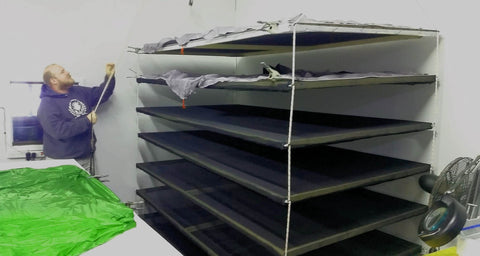
Over the years, Six Moon Designs has seam sealed thousands of shelters. So we know a thing or two about the process. If you lack the time or space to properly perform this task, you may consider us as an option. I will say there's nothing like seam sealing your own tent then weathering a storm safe and dry.
We always encourage people to seam seal their own tents. This process helps you understand how the tents are constructed and allows you to visually inspect the tent. It's not a difficult process and generally only takes an hour.
Drying Time
We generally allow two days for the tents to cure before shipping. This time can vary depending upon heat and humidity. During warm summer days, curing can be completed in less than 24 hours. On those cold humid winter days, drying can take longer.
Procedures
To seam seal our shelters, we lay them out on a large table and the sealant is injected directly using a bottle with an applicator tip. We have found this method to be effective at penetrating the seams and will provide excellent water protection.
Once all of the seams have been coated, the shelter is then stored to dry in our drying rack. Unfortunately this is the step that’s most likely to cause problems, as hanging shelters can come into contact with each other.
Since we lack the space to setup each tent, we don't seal our seams when they are under pressure and allowed to dry that way. As a result, the fabric in the seams may fold together during the drying process. When you get your shelter, the two pieces of fabric may be stuck together. This isn't a problem. Simply pull apart the fabric pieces. Your seams are still perfectly sealed.
There are also places where we combine different material. Especially for constructing vents. Since both fabrics aren't Silnylon. You may find the coating on the vent to be flaking. Again, this is not a problem. The interior seam is sealed. However, the silicone doesn't adhere to the vent material as well as the Silnylon.
Guarantee
If you purchase a shelter from us and are dissatisfied with the appearance of the seam sealing, you are free to return the unused shelter back to us. You have the option of a full refund or new non-seam sealed shelter. If you select the non-seam sealed option, you will be refunded the difference between the original price of the seam sealing and the shipment of the new tent.
-
Before seam sealing your shelter. You should thoroughly inspect all seams to insure that they have been correctly sewn. You'll want to identify any potential flaws before starting to apply sealant.
- Setup and Inspect your Shelter - Setup your tent before sealing it. Get inside and lay down to make sure it fits your needs. Make a through inspection to insure it's properly sewn and all the seams are in good condition. Make sure you are happy with the shelter before proceeding. Tents that are seam sealed by customers are not eligible to return it for a refund.
-
Seal the Seams - Most of seams on Six Moon Designs shelters are designed using butt seams. These seams keep the threads on the inside where they are less exposed to dirt and grim. Butt seams must be sealed from the outside of the canopy. Applying sealer to the underside of the seam will not seal them.
Work in a well ventilated area, pour a small amount into a paper cup, and close the jar to keep rest of sealer from thickening. Use a small brush to apply a thin coat of sealer to all exterior seams. For butt seams, hold them open to allow the sealer to soak into the seam and coat the threads. If sealer thickens while applying, add some more mineral spirits. - Stripe the Floor - For shelters with floors, adding stripes of sealer to the floor of the tent will reduce the tendency of your sleeping pad to slide around on the silicone coated floor.
- Drying your Shelter - Allow your shelter to cure for at least 8 to 12 hours after sealing. Once cured, the sealer dries to a clear matte finish that is nearly invisible, and will be both durable and flexible. You may find your seams to feel tacky. This will dissipate with shelter usage. If you prefer, it can be eliminated by sprinkling on a light coat of unscented talcum powder.
-
-
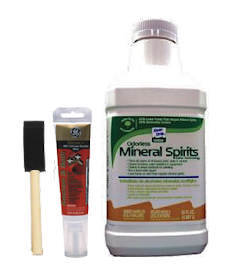 If you wish, you can save some money when seam sealing SilNylon shelters. You can easily make your own sealer that'll work as well as the commercial stuff. It'll also give you a better looking seal.
If you wish, you can save some money when seam sealing SilNylon shelters. You can easily make your own sealer that'll work as well as the commercial stuff. It'll also give you a better looking seal.- Purchase the following items. They should all be available from most local hardware stores.
- GE Silicone II Clear Kitchen and Bath Caulk - The small tube will make enough to seal several tents. The large tube will make enough to seal everything you own and then some.
- Mineral Spirits - Commonly used for cleaning paint brushes. Preferably the odorless kind. Your nose will be thankful.
- Small brush to apply the sealer - A 3/4" foam brush works well.
- Paint stirrer attachment for an electric drill.
- Dilute Silicone. In a glass jar, mix one part mineral spirits with one part silicone caulk (1 ounce of mineral spirits and 1 ounce of silicone should be enough). When mixture is the right consistency, it will be smooth and milky, and flow evenly when applied. If it's too thick or lumpy, the waterproofing won't flow well into the seams, or be absorbed by the exposed threads.
- Hint #1: You can mix by hand with a regular paint stirrer, but caulk is stiff, so will take much longer to mix. Using an paint stirrer in an electric drill will give your sealer a smooth silky appearance. It will dry faster and clearer.
- Purchase the following items. They should all be available from most local hardware stores.


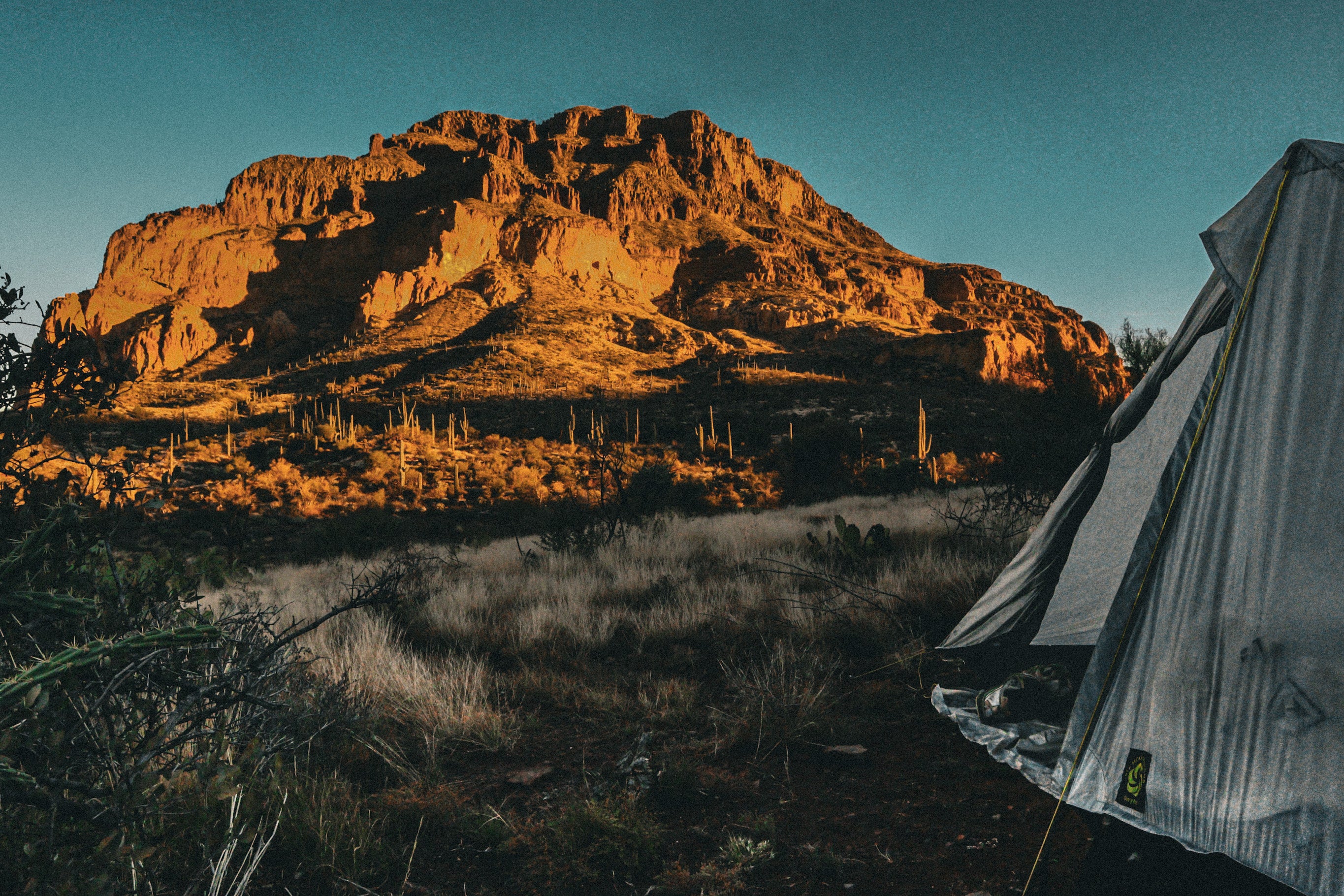
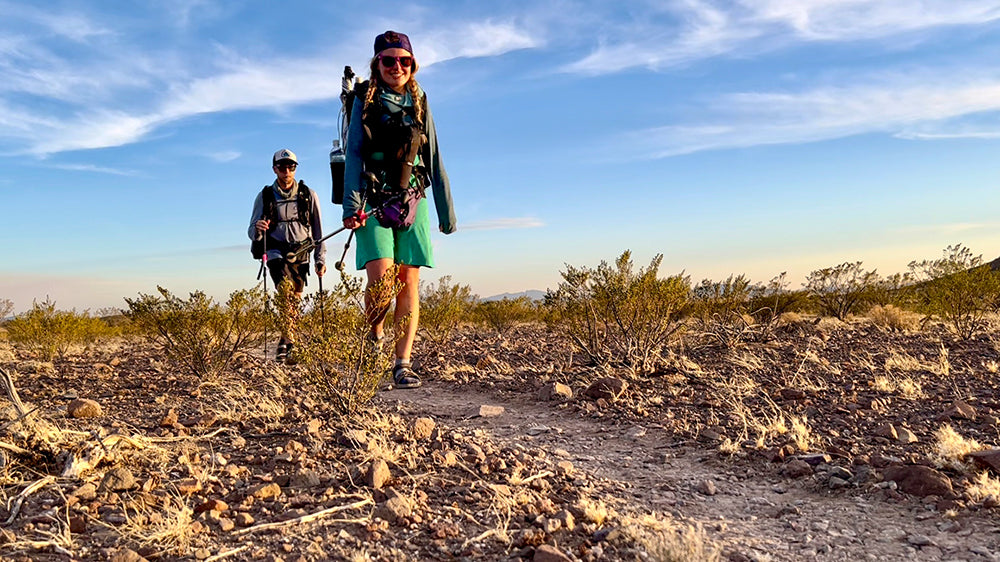
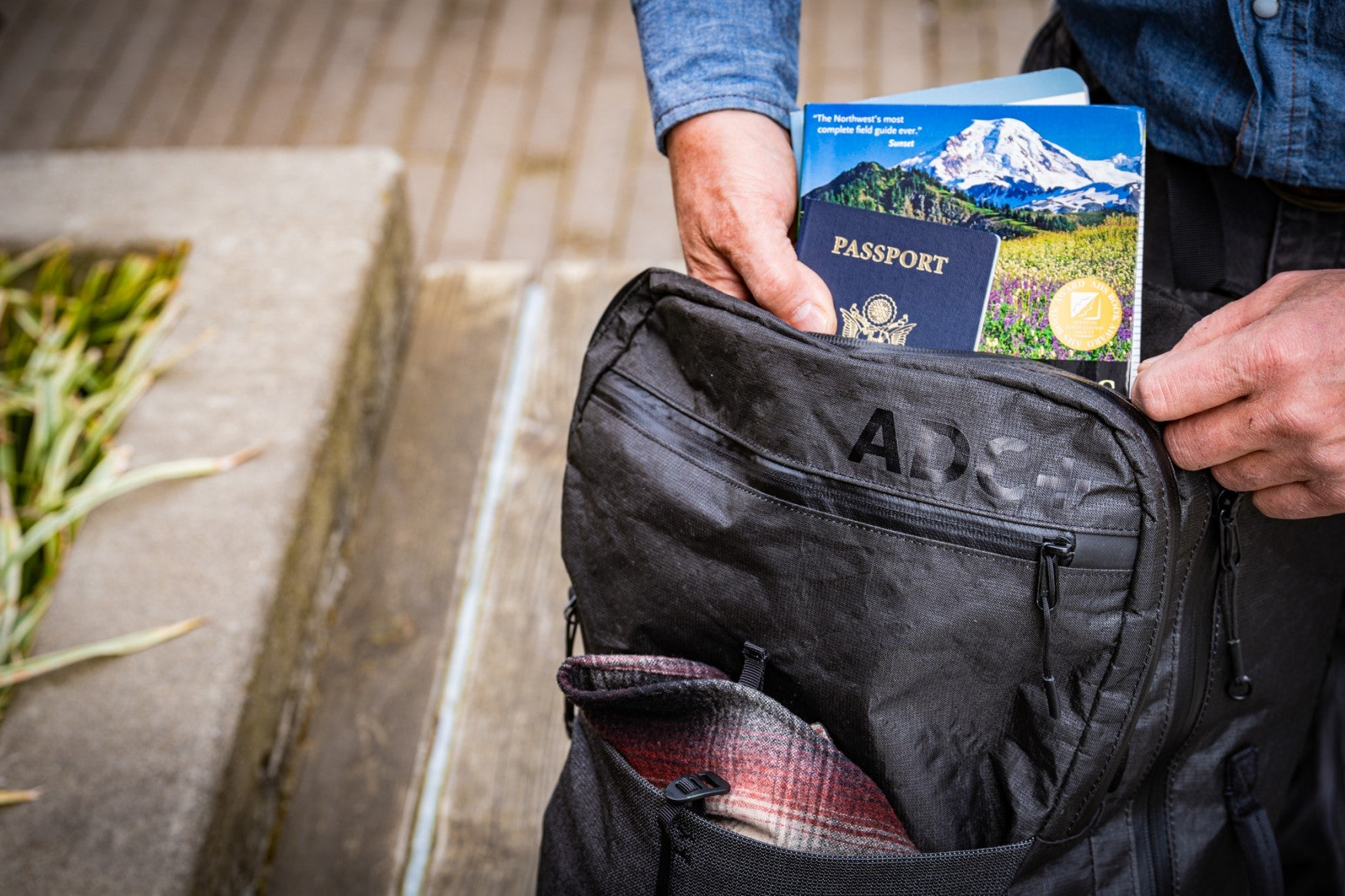
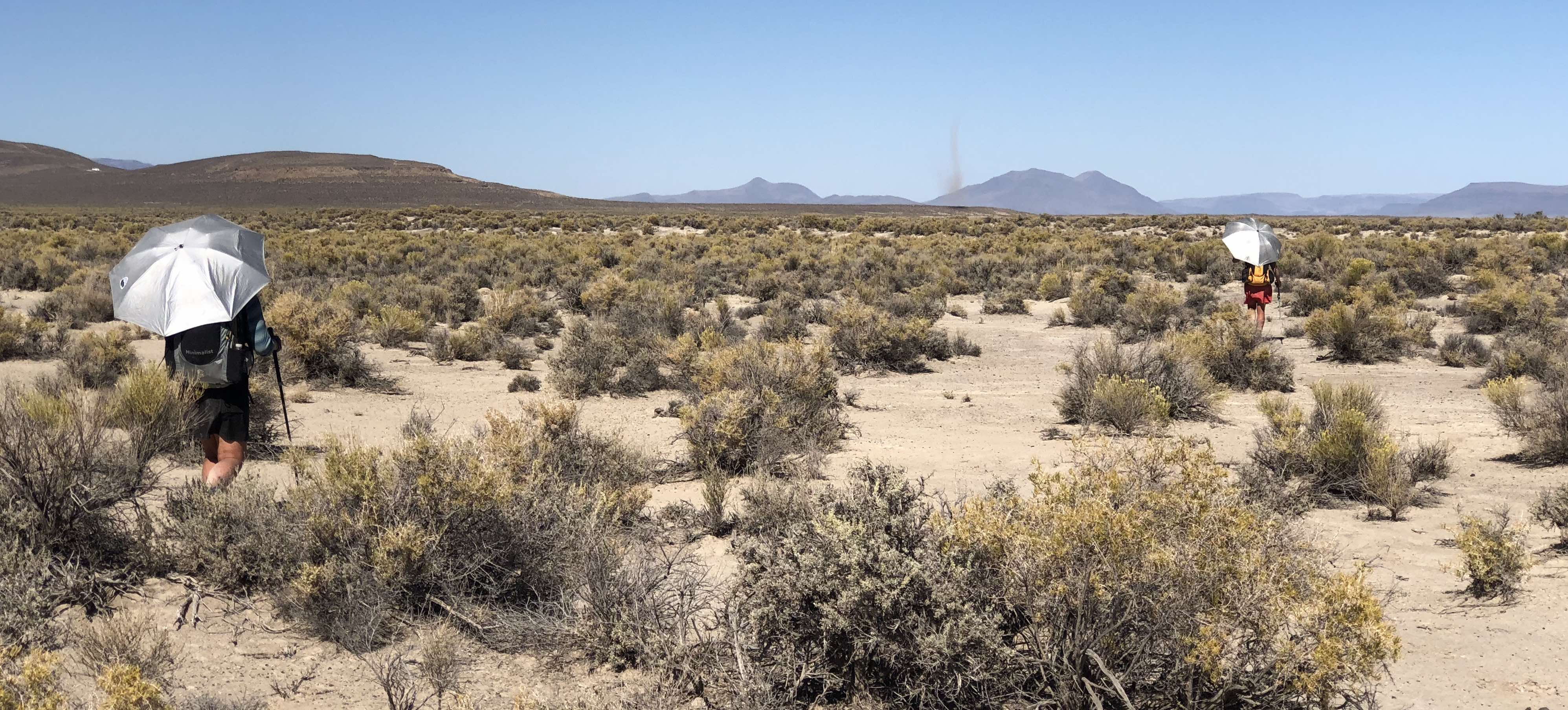
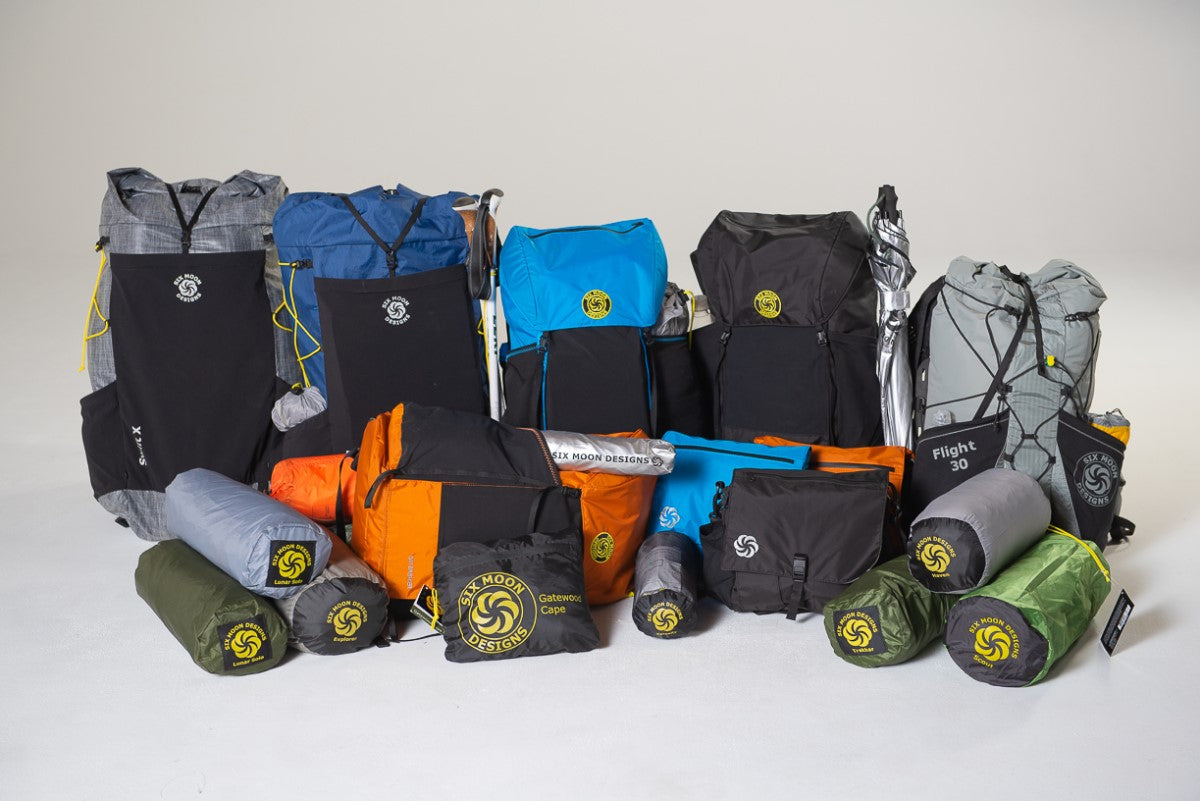
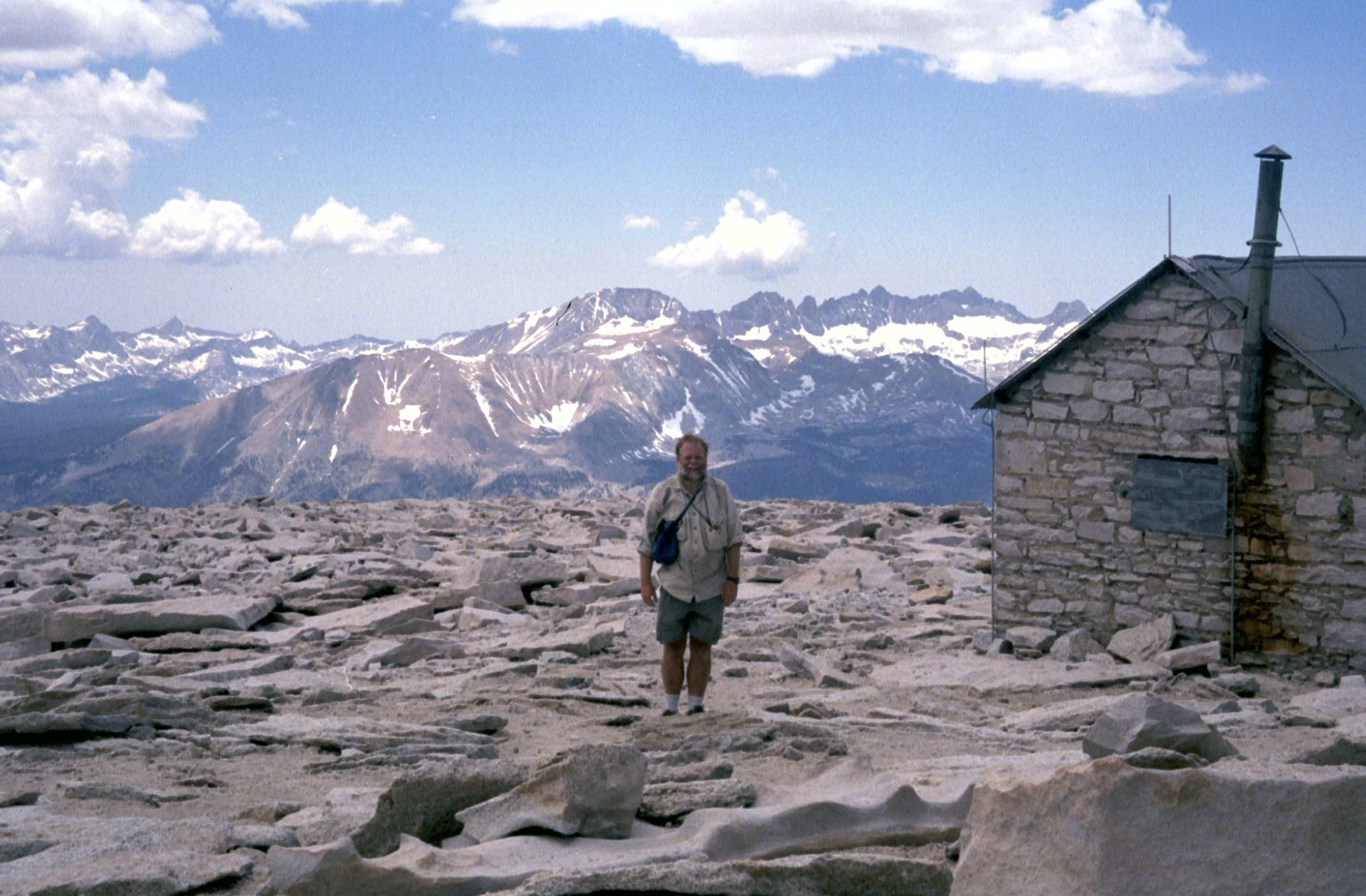
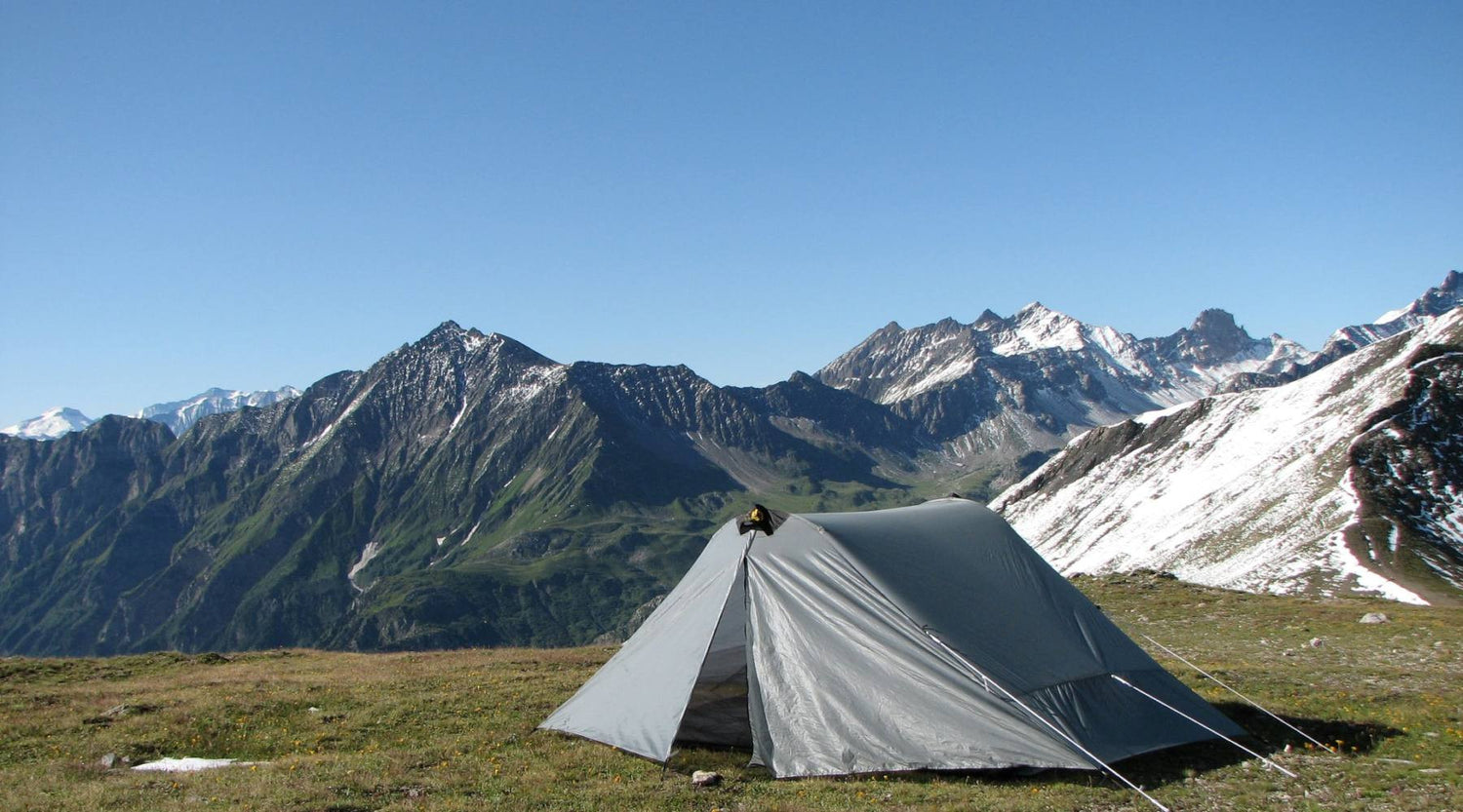

 If you wish, you can save some money when seam sealing SilNylon shelters. You can easily make your own sealer that'll work as well as the commercial stuff. It'll also give you a better looking seal.
If you wish, you can save some money when seam sealing SilNylon shelters. You can easily make your own sealer that'll work as well as the commercial stuff. It'll also give you a better looking seal.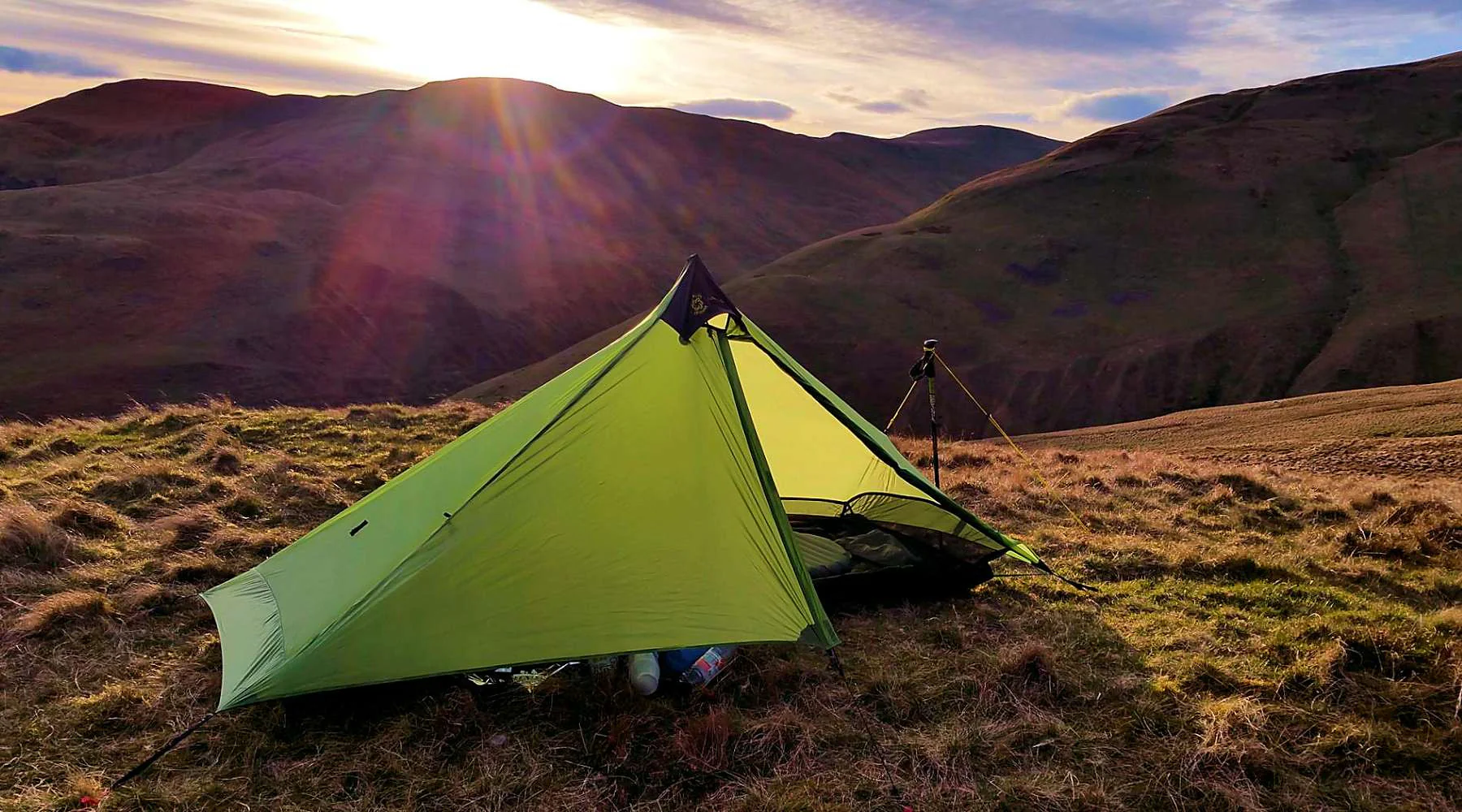
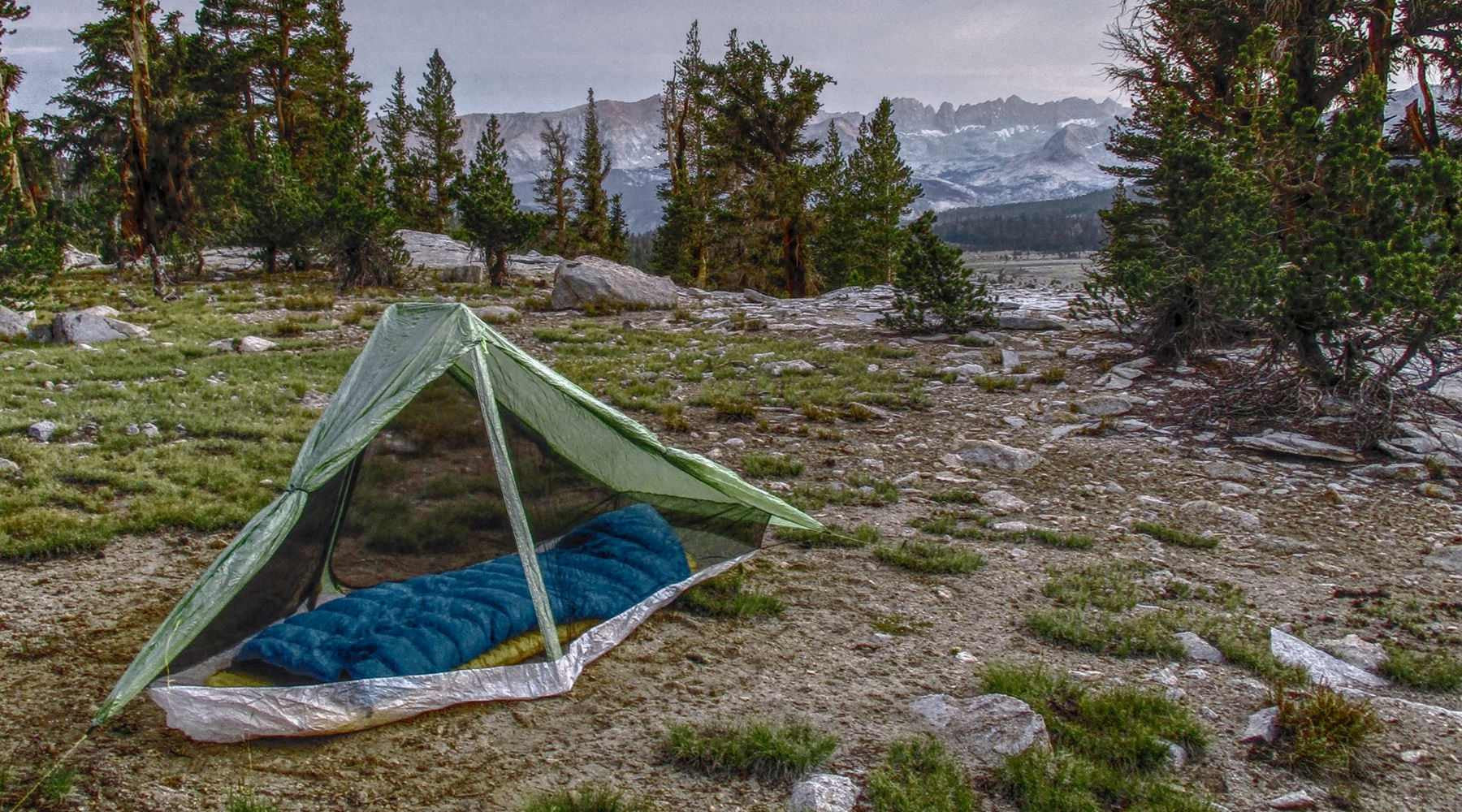
4 comments
Leave a comment
This site is protected by hCaptcha and the hCaptcha Privacy Policy and Terms of Service apply.